Melanoma and Skin Cancer Awareness - Blog

Skin cancer is the most common form of cancer in Australia, with more than two in three Australians diagnosed by the age of 70.
Despite its prevalence, it’s also one of the most preventable and, when detected early, highly treatable forms of cancer.
But to prevent or treat skin cancer effectively, awareness is key—especially when it comes to recognising the early signs.
This article explores everything you need to know about the early indicators of skin cancer: how to spot them, what types of skin cancer exist, when to seek medical advice, and how you can reduce your risk.

When we think about sunny days, beach outings, backyard barbecues, or even a casual stroll in the park, we often picture warmth, happiness, and the golden glow of sunlight. Yet behind this idyllic imagery lies a silent threat: ultraviolet (UV) radiation. Prolonged and unprotected exposure to UV rays is the leading cause of skin cancer, the most common cancer worldwide.
While sunscreen plays a well-known role in defense, one equally vital yet sometimes overlooked method is wearing protective clothing.
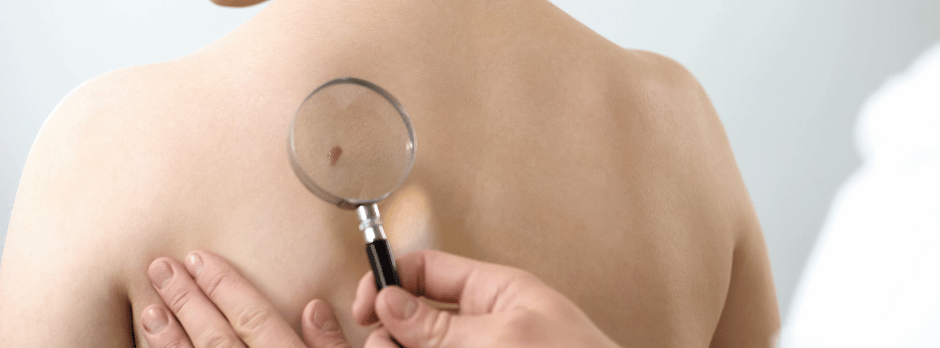
Australia holds the unenviable title of having one of the highest rates of skin cancer in the world.
With our sun-soaked climate and love of the great outdoors, it’s no wonder that skin health has become a national priority. And yet, too many people still overlook the signs their skin is sending them—signs that could spell the difference between early intervention and a serious health battle.
Whether you’re checking your own skin at home or preparing for a visit to a specialist, understanding what to look for and when to act is crucial.
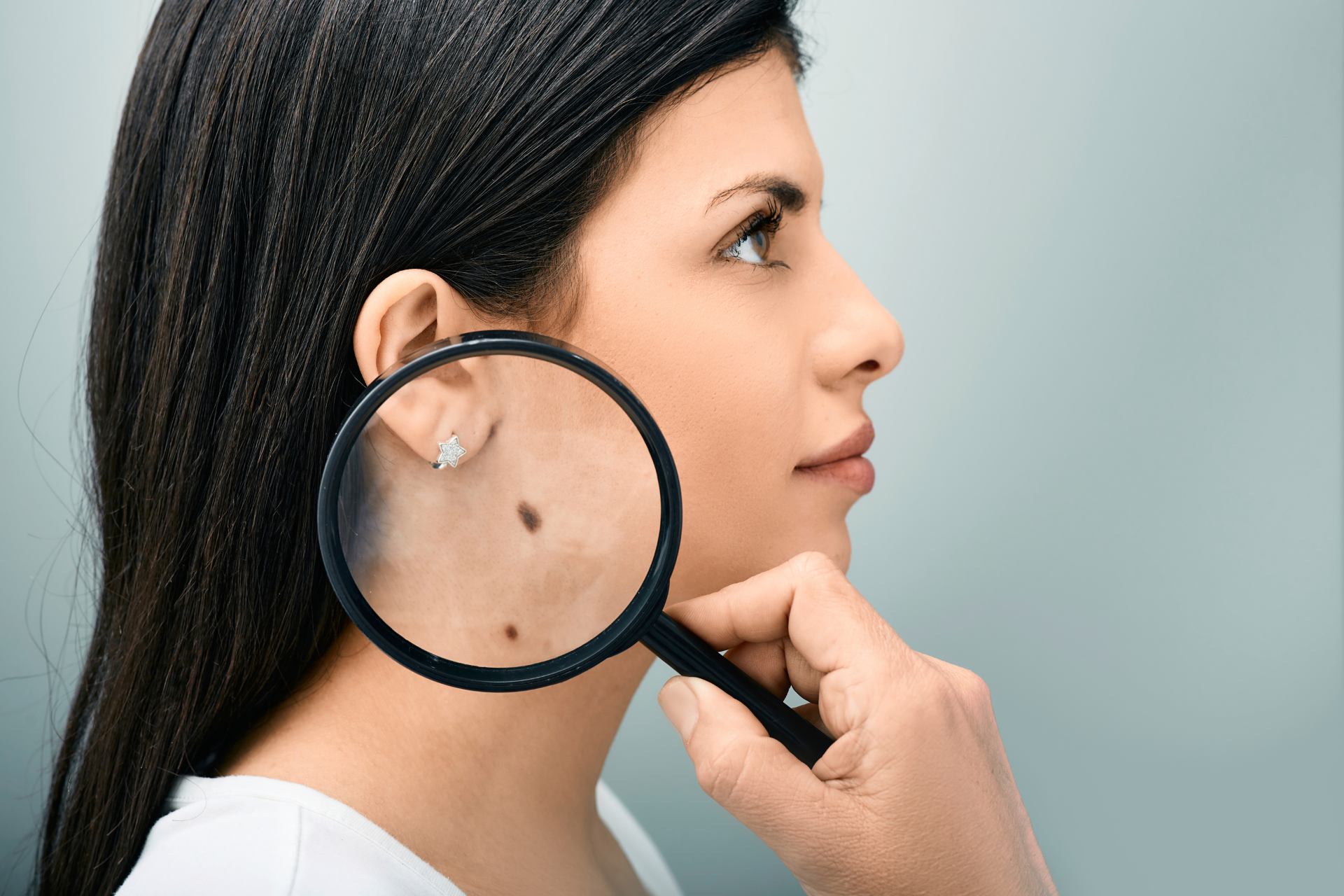
We all have them—freckles, spots, and moles that seem harmless.
But what if one of those seemingly innocent marks holds the early signs of something more serious?
Every year, thousands of people are diagnosed with skin cancer, and many of those cases could have been caught earlier—perhaps even prevented—through routine skin checks.
In Australia, where sun exposure is a daily reality, the importance of regular skin checks cannot be overstated.
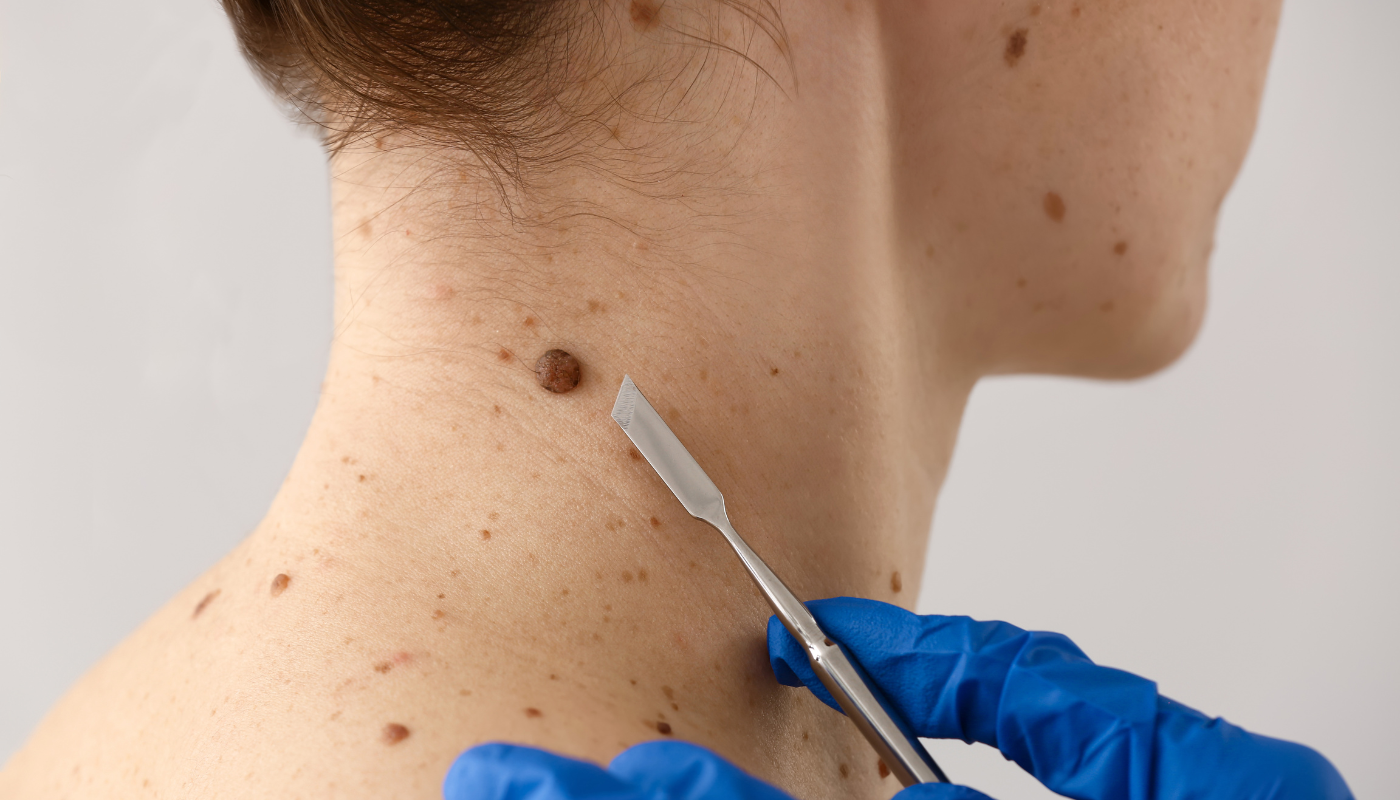
Skin cancer is one of the most common cancers globally, and among its many forms, melanoma is the most aggressive.
Within the melanoma category, nodular melanoma stands out as one of the most dangerous and fast-growing types. Because it doesn’t always follow the usual warning signs of skin cancer, it's crucial to understand what it looks like, how it behaves, and what risk factors contribute to its development.

Skin cancer is one of the most common types of cancer worldwide, affecting millions of people each year.
While anyone can develop skin cancer, certain factors increase the risk significantly.
Understanding who is most vulnerable can help individuals take proactive steps to protect themselves and detect skin cancer early when it is most treatable.

Skin cancer is one of the most common yet preventable forms of cancer.
While it can affect anyone, certain risk factors make some individuals more susceptible than others.
Understanding these risks and adopting proactive measures can significantly reduce the likelihood of developing this potentially life-threatening disease.
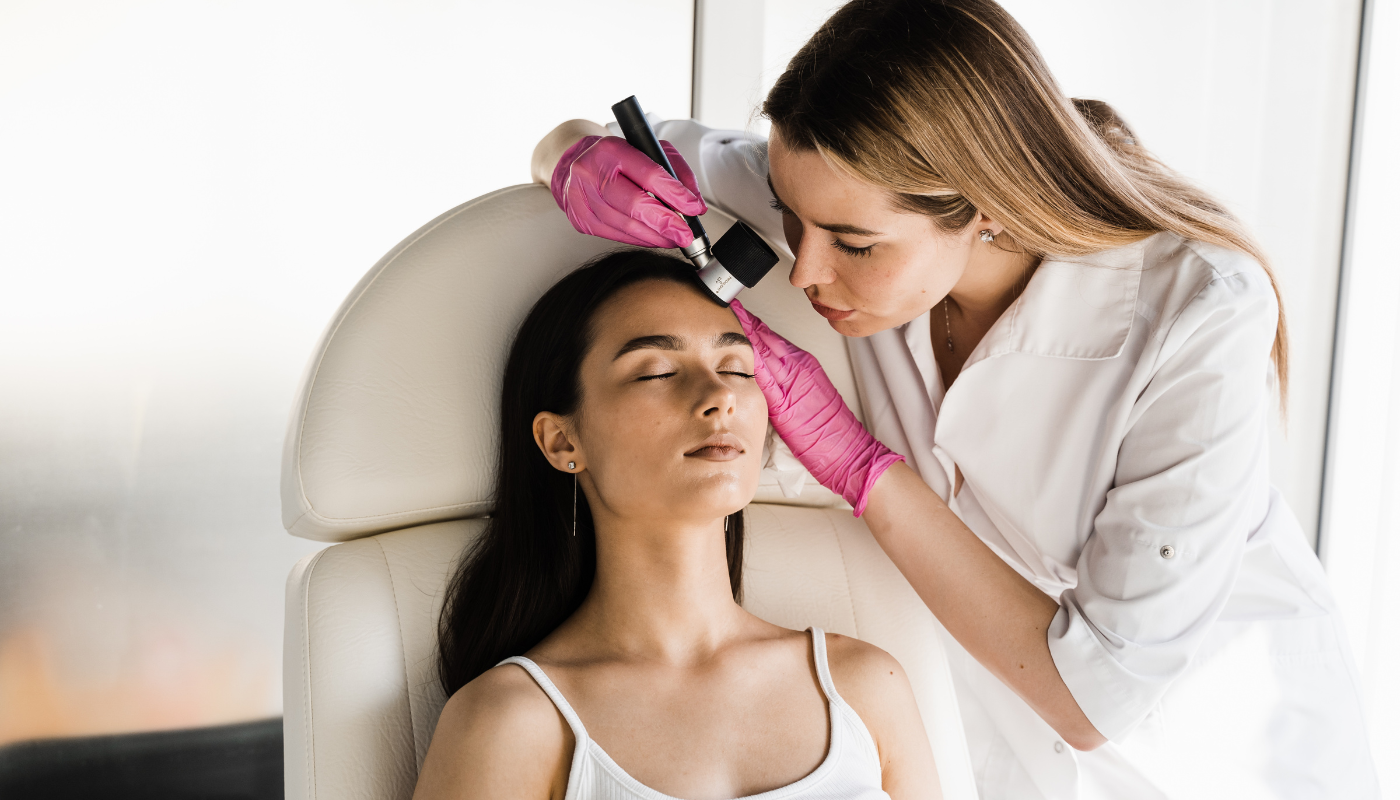
Skin cancer is the most prevalent form of cancer globally, with millions of new cases diagnosed each year.
Despite its high incidence, there remains a concerning question among some individuals: "Can I leave my skin cancer alone?"
Addressing this question requires a comprehensive understanding of the types of skin cancer, their potential progression if untreated, and the critical importance of early detection and treatment.
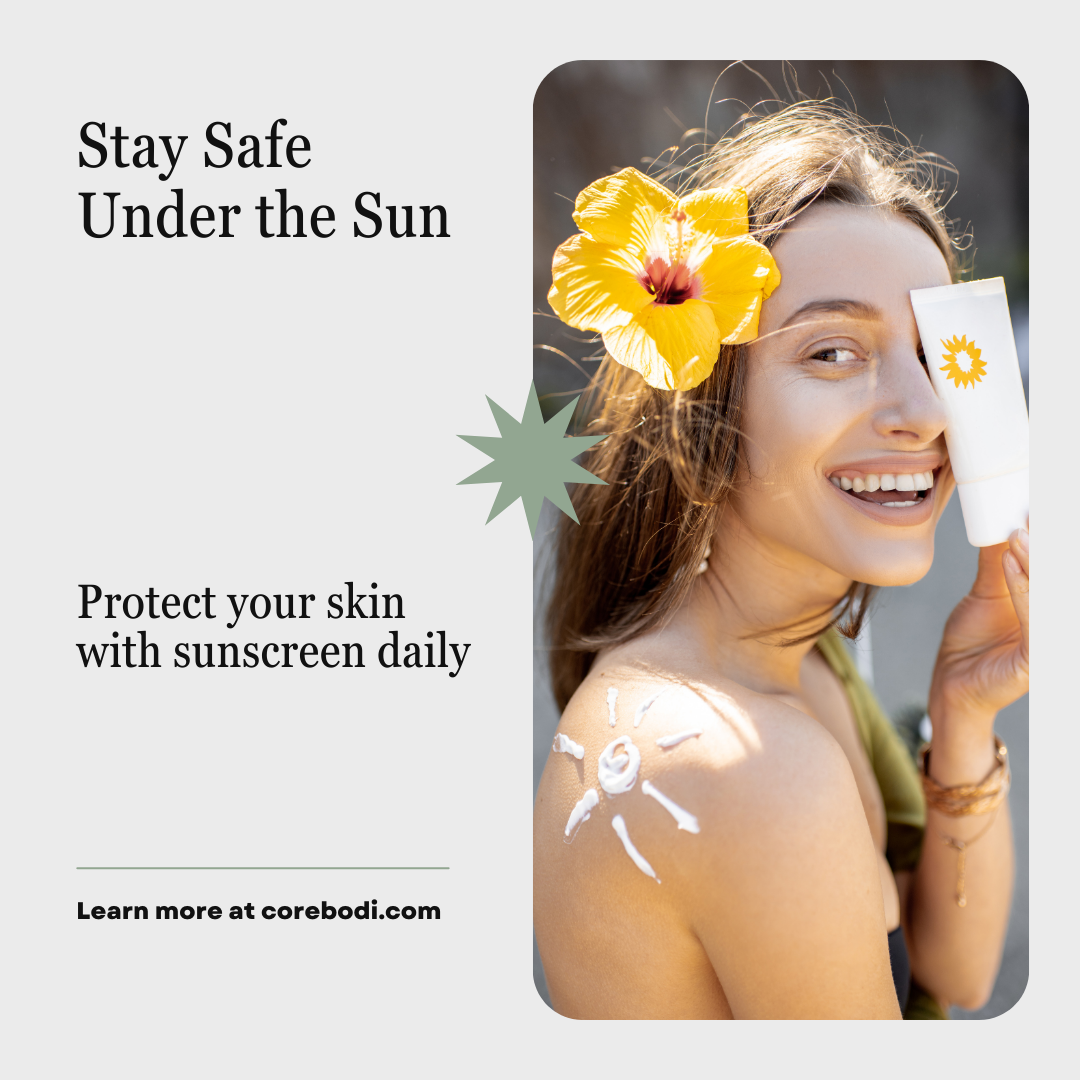
Sunscreen is one of the most effective tools in protecting your skin from the harmful effects of ultraviolet (UV) radiation.
Whether you’re heading to the beach, going for a walk, or just running errands, wearing sunscreen daily is essential for maintaining healthy, youthful skin and reducing the risk of sun damage and skin cancer.
But what exactly are the benefits of using sunscreen, and how often should you reapply it to ensure maximum protection?



